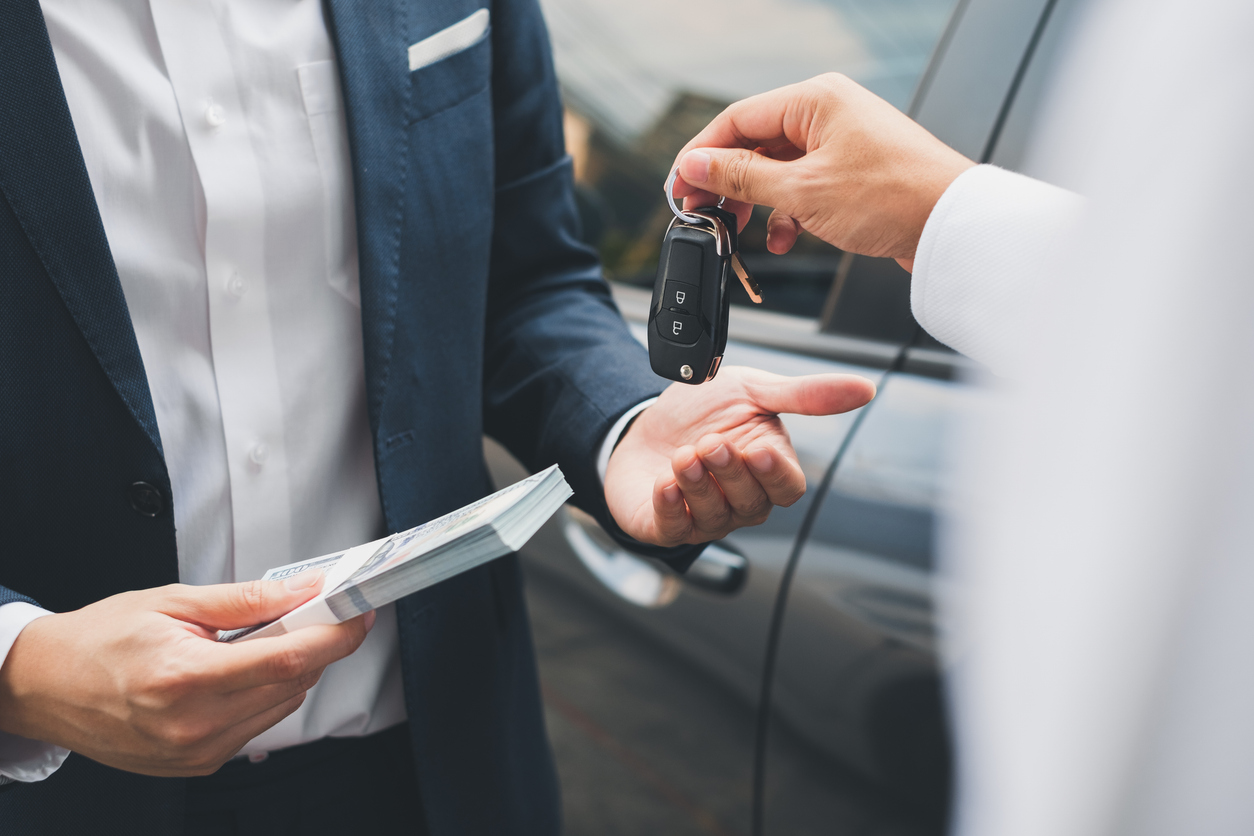
Choosing between leasing and buying a car is a major financial decision that impacts your budget, lifestyle, and future plans. Both options offer distinct advantages—and drawbacks—depending on your needs and priorities. If you’re trying to figure out which route is best for you, this guide breaks down the pros and cons of leasing versus buying to help you make a confident, informed decision.
Leasing a Car: The Basics
Leasing a car is essentially like renting it for a set period (usually 2–4 years). You make monthly payments, typically lower than loan payments for a purchase, and at the end of the lease, you either return the car, buy it, or lease another vehicle.
Pros of Leasing a Car
1. Lower Monthly Payments
Lease payments are often significantly lower than loan payments for the same vehicle because you’re only paying for the car’s depreciation during the lease term—not its full value.
2. Drive a Newer Car More Often
Leasing allows you to upgrade to a new vehicle every few years, meaning you’ll always have the latest technology, safety features, and styles.
3. Warranty Coverage
Most lease terms fall within the vehicle’s warranty period, meaning you’re typically covered for major repairs and might only need to pay for routine maintenance.
4. Lower Repair Costs
Since leased cars are new or nearly new, they usually require fewer repairs, keeping maintenance costs minimal.
5. Tax Benefits for Business Owners
If you use the car for business purposes, leasing may offer more favorable tax deductions compared to purchasing.
Cons of Leasing a Car
1. No Ownership Equity
You don’t own the car when the lease ends. You’re essentially renting the vehicle without building any long-term value.
2. Mileage Restrictions
Leases typically come with mileage caps (e.g., 10,000–15,000 miles per year). Exceeding those limits results in hefty penalties.
3. Wear-and-Tear Charges
You can be charged for excessive wear, dents, scratches, or interior damage when you return the vehicle.
4. Ongoing Payments
If you continue to lease indefinitely, you will always have a car payment, whereas buying can eventually lead to a paid-off vehicle.
5. Customization Limitations
Leased vehicles must be returned in near-original condition, meaning you can’t make permanent modifications or customizations.
Buying a Car: The Basics
When you buy a car—whether with cash or through a loan—you own it outright (eventually, if financed). Ownership offers greater flexibility but comes with its own set of responsibilities.
Pros of Buying a Car
1. Ownership and Asset Building
Once you’ve paid off your loan, the car is yours. You can sell it, trade it in, or keep it for as long as you like without ongoing monthly payments.
2. No Mileage Limits
Drive as much as you want without worrying about extra charges.
3. Customization Freedom
You can modify your car however you wish—whether that’s installing a new sound system, adding decals, or changing the paint job.
4. Better Long-Term Value
While cars depreciate, buying can still offer better financial sense in the long term, especially if you keep the vehicle well-maintained for many years.
5. Flexibility
You’re not locked into a contract. If your needs change or you simply want a different car, you can sell or trade your vehicle at any time.
Cons of Buying a Car
1. Higher Monthly Payments
If financing, loan payments are typically higher than lease payments because you’re paying off the vehicle’s full price.
2. Depreciation
Cars lose value quickly—often dropping 20% to 30% within the first year. This can leave you “upside down” on your loan early in the term.
3. Maintenance Costs
As your car ages, you’re responsible for repairs, many of which may not be covered by warranty after a few years.
4. Greater Upfront Costs
Buying often requires a larger down payment than leasing to keep monthly payments manageable and avoid negative equity.
5. Selling or Trading In
When you’re ready to move on, you’ll need to handle selling the car or negotiating a trade-in, which can be time-consuming and unpredictable in terms of return value.
Which Option Is Best for You?
Consider leasing if:
- You enjoy driving newer cars every few years.
- You want lower monthly payments.
- You drive fewer miles annually.
- You prefer minimal maintenance responsibilities.
Consider buying if:
- You want to own an asset eventually.
- You drive a lot of miles each year.
- You plan to keep your car for a long time.
- You want the freedom to modify your vehicle.
Key Questions to Ask Yourself Before Deciding
- How many miles do I drive annually?
- Am I okay with ongoing car payments or do I prefer to eventually pay off a vehicle?
- Is having the newest features important to me?
- Do I want the freedom to customize my car?
- How important are lower monthly payments versus long-term savings?
Both leasing and buying a car come with advantages and trade-offs, and the right choice ultimately depends on your lifestyle, driving habits, and financial goals. Leasing can offer lower monthly payments and more frequent upgrades, while buying builds ownership and can lead to better long-term savings. By carefully weighing the pros and cons and reflecting on your needs, you’ll be better equipped to make a decision that suits you—both now and in the future.







